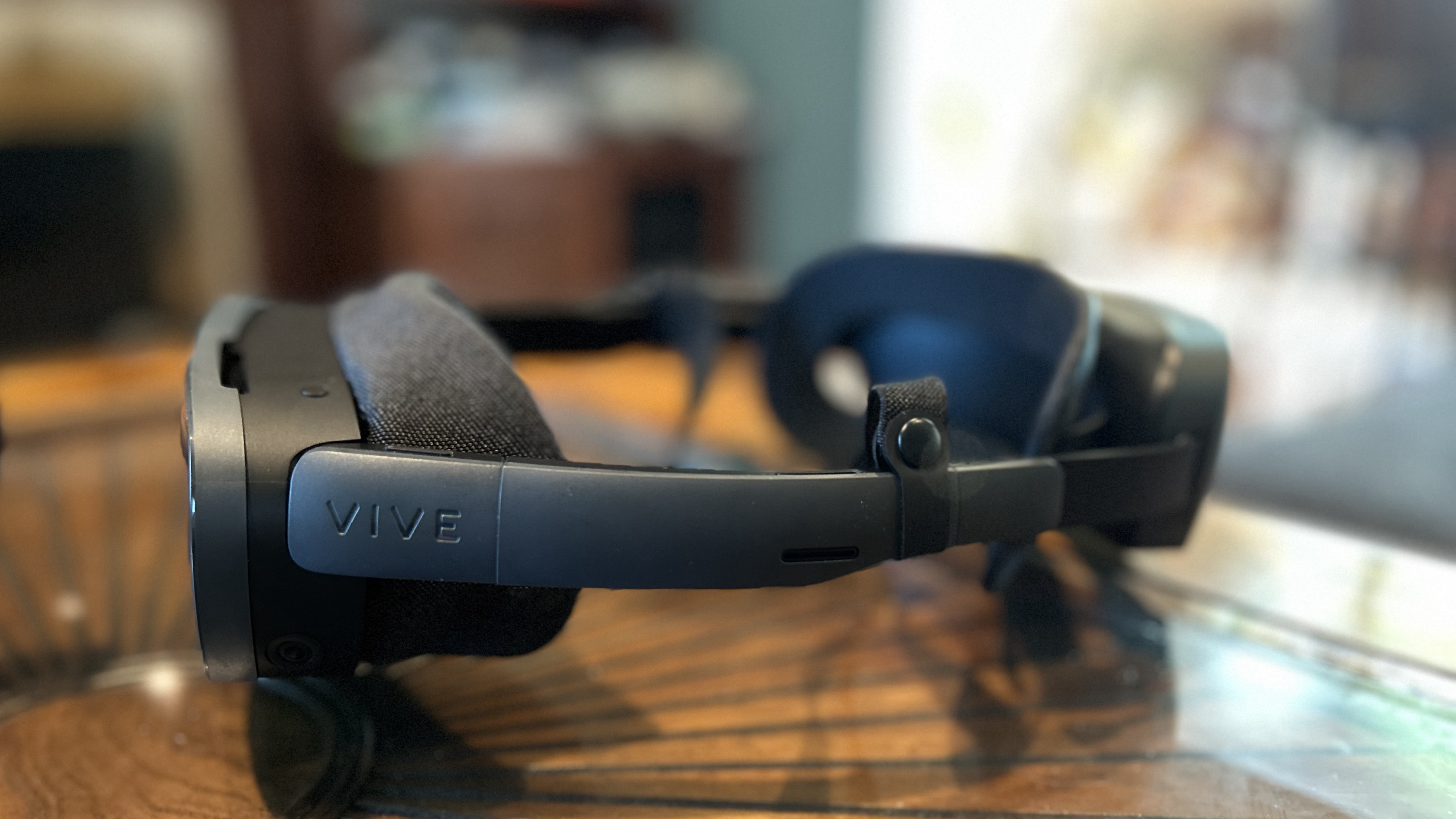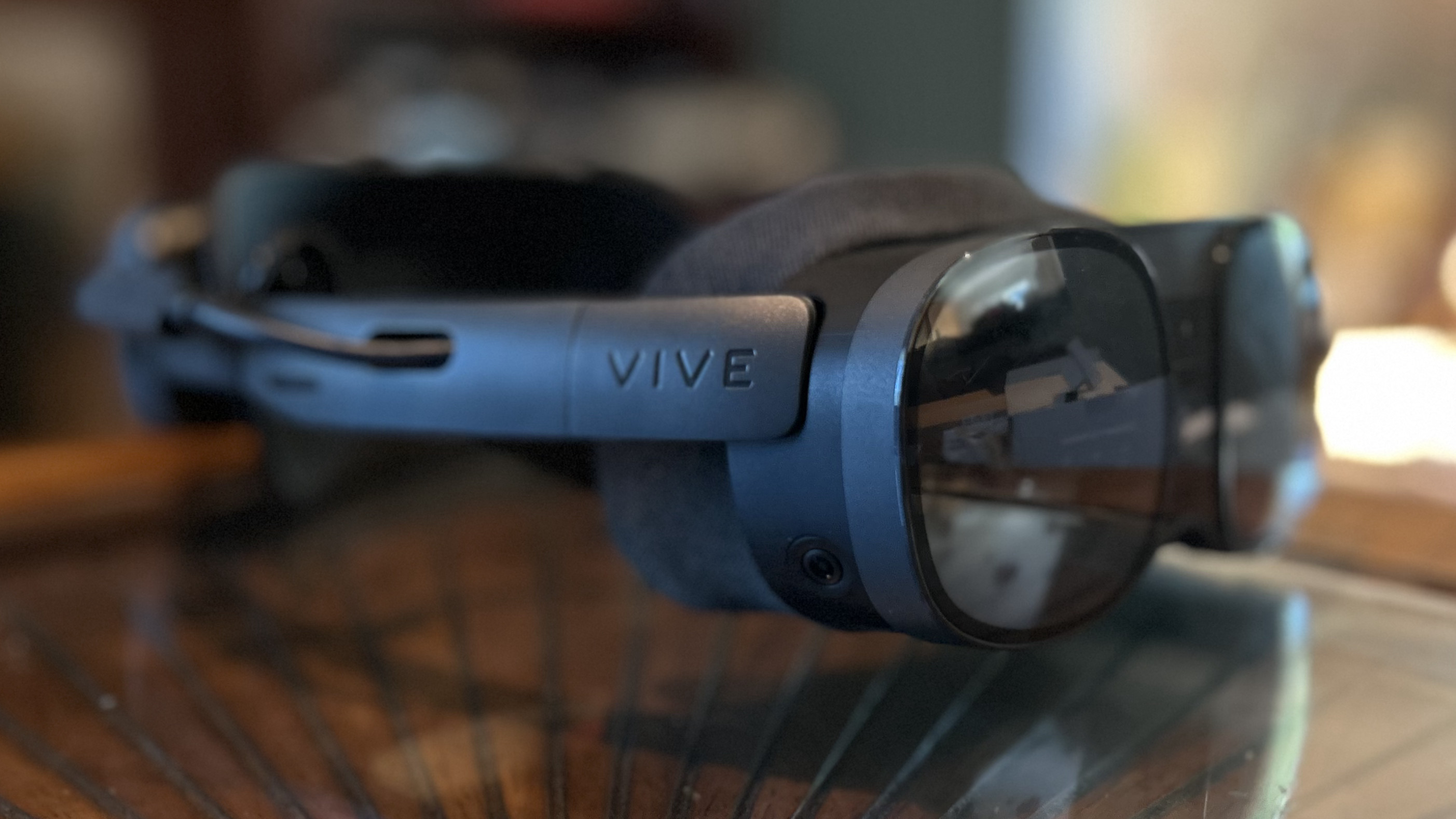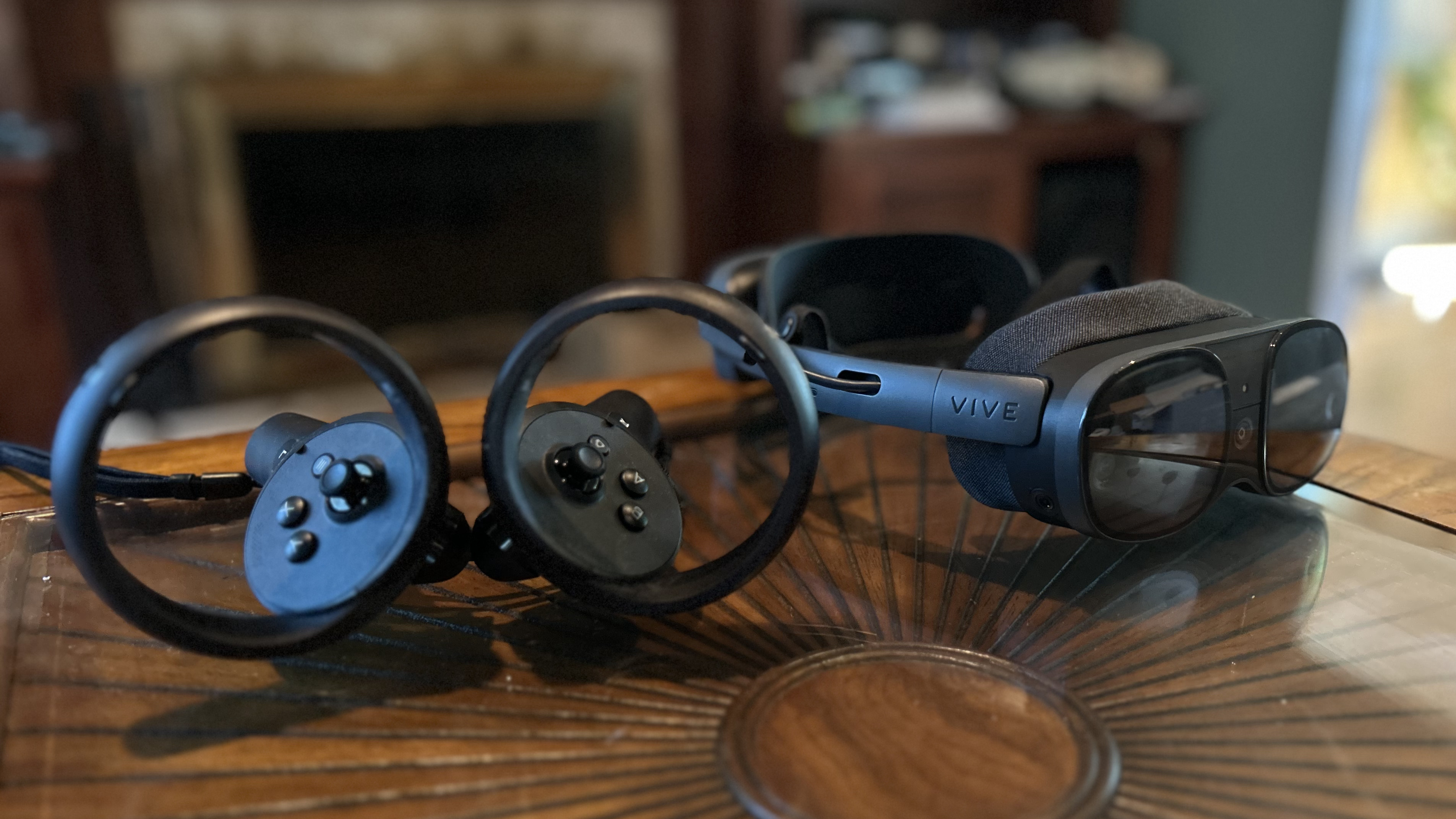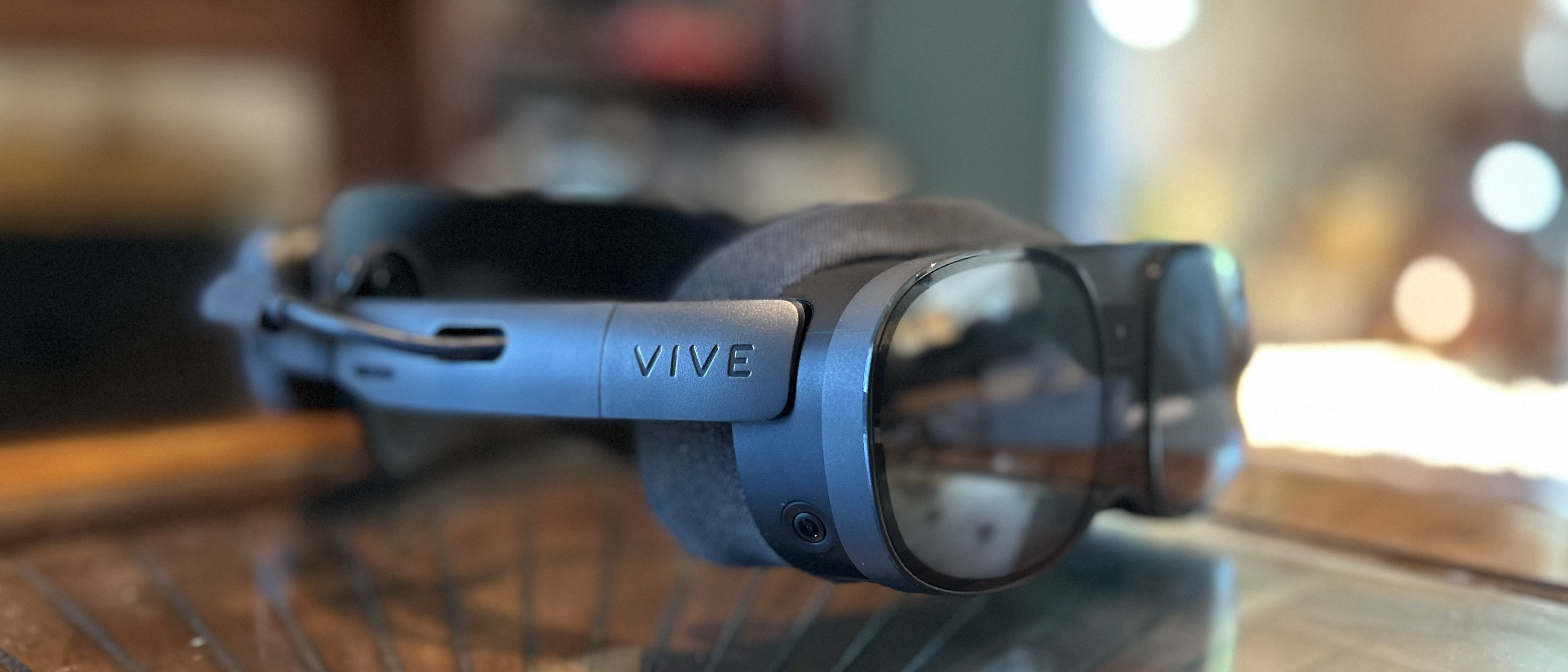Early Verdict
The Vive XR Elite has the power of a PC-powered headset in a comfortable, portable form factor. Unfortunately, that's where the positives end.
Pros
- +
Comfortable
- +
Runs off a battery
- +
Great resolution
Cons
- -
Battery only lasts two hours
- -
Content so far isn’t impressive
- -
Passthrough has a slight delay
Why you can trust Tom's Guide
The HTC Vive XR Elite delivers a powerful, portable and comfortable headset that’s capable of both VR and AR experiences. It allows you to access both Viveport and Steam's library of VR titles, plus a whole suite of new AR experiences and won’t require any extra hardware to enjoy.
Unfortunately, having spent more time with it, it's just not all that user-friendly or intuitive, and suffers from some other big shortcomings that its rivals — the Meta Quest 2, Meta Quest Pro and the Apple Visio Pro — don't have.
I haven't spent enough time with it to give it a full review and, because of some problems I had with the review sample sent by HTC, I likely never will. Having only been able to get a few hours in with it before my review sample didn't work, my time with the mixed reality headset was...well, mixed.
Here's what I experienced at the CES show floor and a bit of what I experienced when I got it in my own home a few months later.
Price and release date
The HTC Vive XR Elite was announced on January 5 at CES 2023 and became available to preorder on Amazon the same day. The base package, which just includes the controllers, the headset and a single battery, will cost $1,099.
In the future, HTC says it will have more packages available with different faceplates, extra batteries and more, but for now you’re limited to the base package.
Is that price justified? Well, it is cheaper than Meta’s standalone XR headset, the Meta Quest Pro. The only reason it’s as expensive as it is, according to HTC’s GM of the Americas, Dan O’Brien, HTC isn’t doing anything with your data. It’s not selling it to advertisers or using it to sell you products. When you buy an HTC product, he says, you’re not the product.
Get instant access to breaking news, the hottest reviews, great deals and helpful tips.
Design

Let’s start with the specs: the Vive XR Elite will offer a 3840 x 1920 combined resolution, up to 110° field of view and a 90Hz refresh rate with four on-board tracking cameras for controller tracking and a depth sensor. The headset supports both standing and seated orientations, and room-scale up to 10m × 10m with a minimum play space of 1.5m x 1.5m.
One unique feature is that the headset has adjustable IPD sliders and a dial to change the focus of the lenses to accommodate those of us that wear glasses. The dial starts at a 1 for folks who have perfect or nearly perfect vision and goes all the way up to a 6 for those of us who really need help seeing clearly. (I’m a 5, in case you’re wondering.)
Unfortunately, there’s no eye-tracking inside the camera — which in turn means no foveated rendering — but that’s something O’Brien says can be added with future faceplates.
Speaking of faceplates, the ones that the HTC Vive XR Elite uses are interchangeable. That’s nice at events when you have multiple people using a headset one right after another, but it could also come in handy if you own a VR experience shop where you want to keep things as sanitary as possible between players.
To make it more comfortable, HTC says that the headset is incredibly lightweight (around 625 grams) and there's a counterweight to make sure that it sits evenly and comfortably on the head. In terms of storage and memory, the Vive XR Elite comes with 128GB of on-board storage and 12GB of memory thanks to its Qualcomm Snapdragon XR2 processor. That should give it enough space to store a number of your games and enough processing power to play most games seamlessly.
Performance
So how does the headset actually perform given everything that’s inside of it? Unfortunately, it was a mixed bag.
As far as resolution is concerned, 1920 × 1920 pixels per eye is enough to make content look great without a noticeable screen door effect. At a total resolution of 3840 × 1920, it has a higher resolution than the Meta Quest 2 (3664 x 1920) and even the HTC Vive Pro (2880 x 1600) that came out a few years ago.
Because of its lightweight and comfortable design, I was able to wear it for the hour straight without any head fatigue — something that I can’t say about every headset that I’ve put on this week at CES (*cough* PS VR 2). It’s so comfortable, in fact, that this feels like the first headset that I’d actually wear to do work in.

There’s just a few problems there…
Setting up the unit in my own home wasn't as seamless as it should've been, with basic hand-tracking being a huge headache. On top of that, the new high-resolution passthrough had a noticeable delay. That can be mildly annoying if you’re just sitting at a desk, but it becomes a huge headache when you’re trying to walk around a room with the headset on.
Controller tracking is better, but even that can still mess up from time to time. The worst of these moments happened when I was doing a VR kayaking experience on what looked like the Colorado River. It was a totally serene experience until my virtual oar got stuck underneath the boat, despite being held right in front of me in the real world. Although these laughably bad moments were few and far between, they were the few times I felt the urge to hang up the headset and call it a day.
The real killer here, however, is the battery life. At just two hours per charge, it feels like the headset is constantly warning you that it’s running low on juice.
One night, after charging the headset, I couldn't get it to boot up again, thus ending my two-week home test drive of the headset.

Outlook
As a longtime VR enthusiast, having reviewed and tested every major headset since the launch of the original Oculus Rift and HTC Vive, I found my love for VR rekindled when using the XR Elite when I used it at CES. I felt that this might've been a product that, with some tweaks, could be the future of mixed reality.
Having struggled with it for two weeks, I no longer think that's the case.
The set up was far trickier than it should've been; the delay in passthrough was disorienting; the hand tracking faux pas were hard to ignore; and the battery life warnings were frequent. Without something mooring this headset like, say, a Beat Saber exclusive to this platform, the HTC Vive XR Elite is a comfortable headset… just not one I think a lot of people are going to have a reason to buy.

Nick Pino heads up the TV and AV verticals at Tom's Guide and covers everything from OLED TVs to the latest wireless headphones. He was formerly the Senior Editor, TV and AV at TechRadar (Tom's Guide's sister site) and has previously written for GamesRadar, Official Xbox Magazine, PC Gamer and other outlets over the last decade. Not sure which TV you should buy? Drop him an email or tweet him on Twitter and he can help you out.

